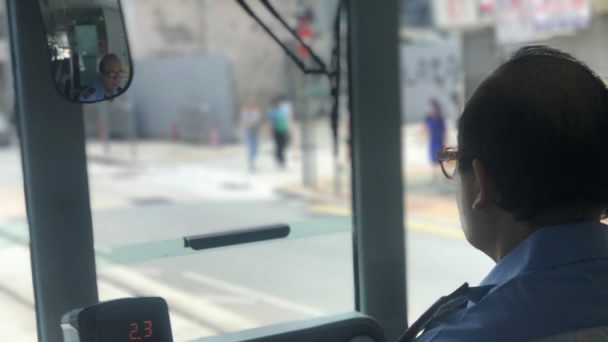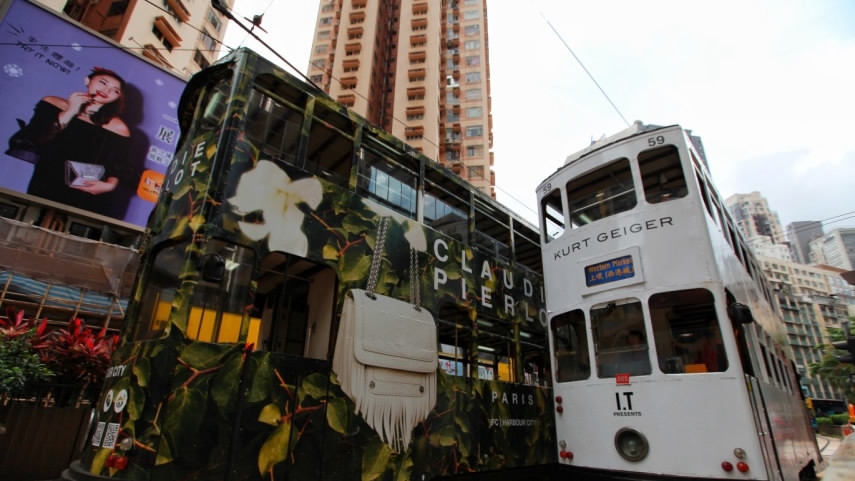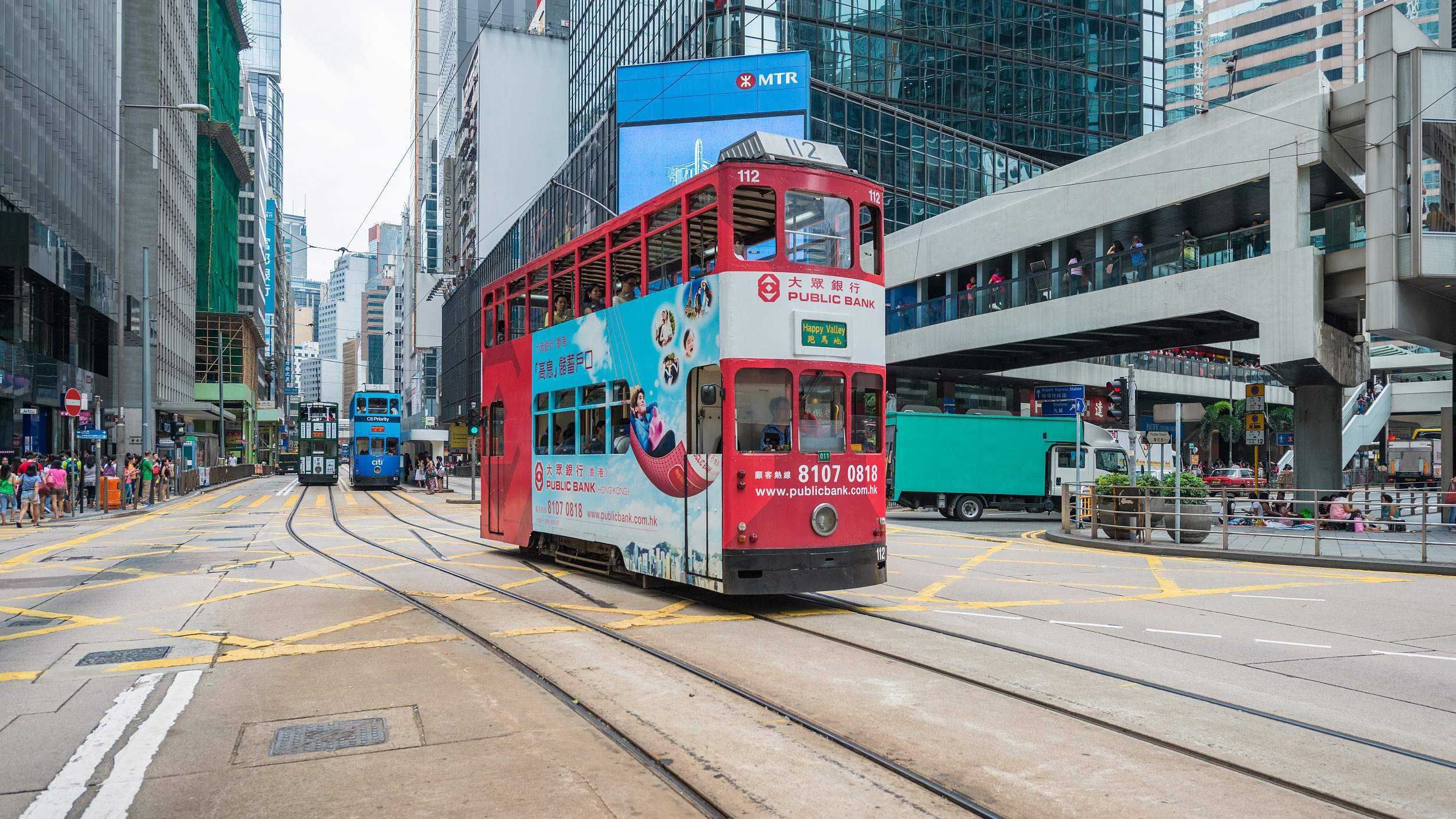By CGTN's Li Jiejun
Hong Kong trams are affectionately called "Ding Dings" and are widely considered to be an icon of the city. It’s not only a form of public transport, but also a form of living heritage.

Lam Chi Wing, a driver of the tram. /CGTN Photo
Lam Chi Wing has been working as a tram driver for nearly 30 years. He has seen dramatic changes unfold outside his tram's window over the past decade. “Sau Kei Wan in the eastern island used to be a typhoon shelter. But now many skyscrapers have been built there. And Sai Wan in the western district has also changed a lot. Trams used to run along the sea in this area, but now they weave between buildings, thanks to the city's reclamation work,” said Lam.

HK tram / CGTN Photo
Hong Kong's iconic trams have been helping people navigate the city's hilly slopes for 113 years. They are one of the few things that haven't changed much, as Hong Kong developed from a small Chinese town into a global metropolis.
Trams are cheap, clunky and slow, but residents say they are well worth the ride. Swaying through the busy districts of Hong Kong Island is the perfect way to enjoy the sights, sounds and smells of the city.

"Ding Ding" in the Central street. /VCG Photo
But tram ridership has been declining. The network carried 500,000 people a day back in the 1960s. That number has dwindled to only 185,000 today as modern metros, buses and private cars tempt passengers away. Despite some voices to reduce tram routes, the double-deckers promise to continue like they have for more than a century.
Lam is 59 years old. He plans to retire next year. He says he is thankful to have been able to see the city develop from his driver's seat on the tram.
Hong Kong's century-old "Ding Dings" will keep running. Hong Kong will keep moving ahead.









